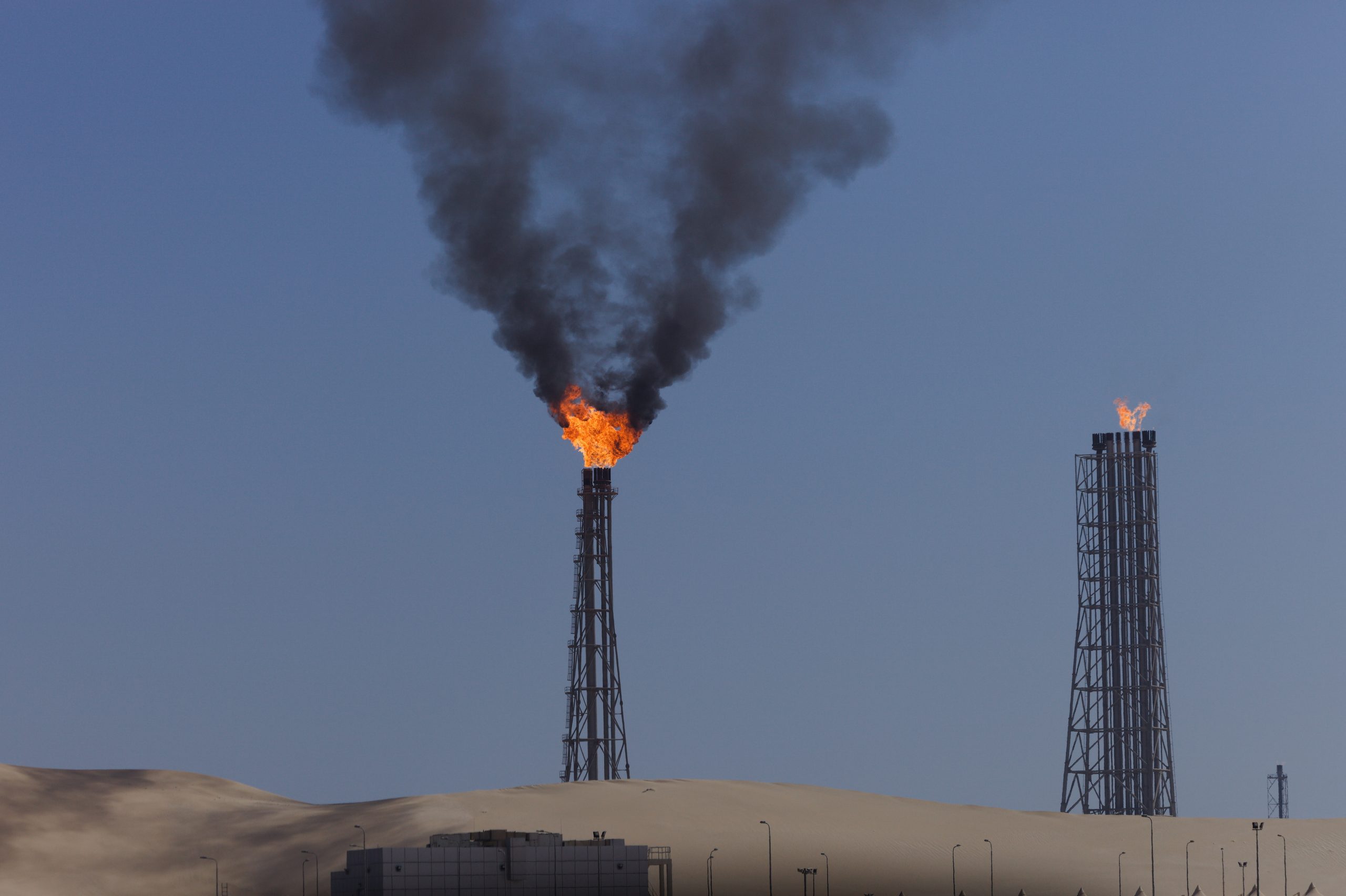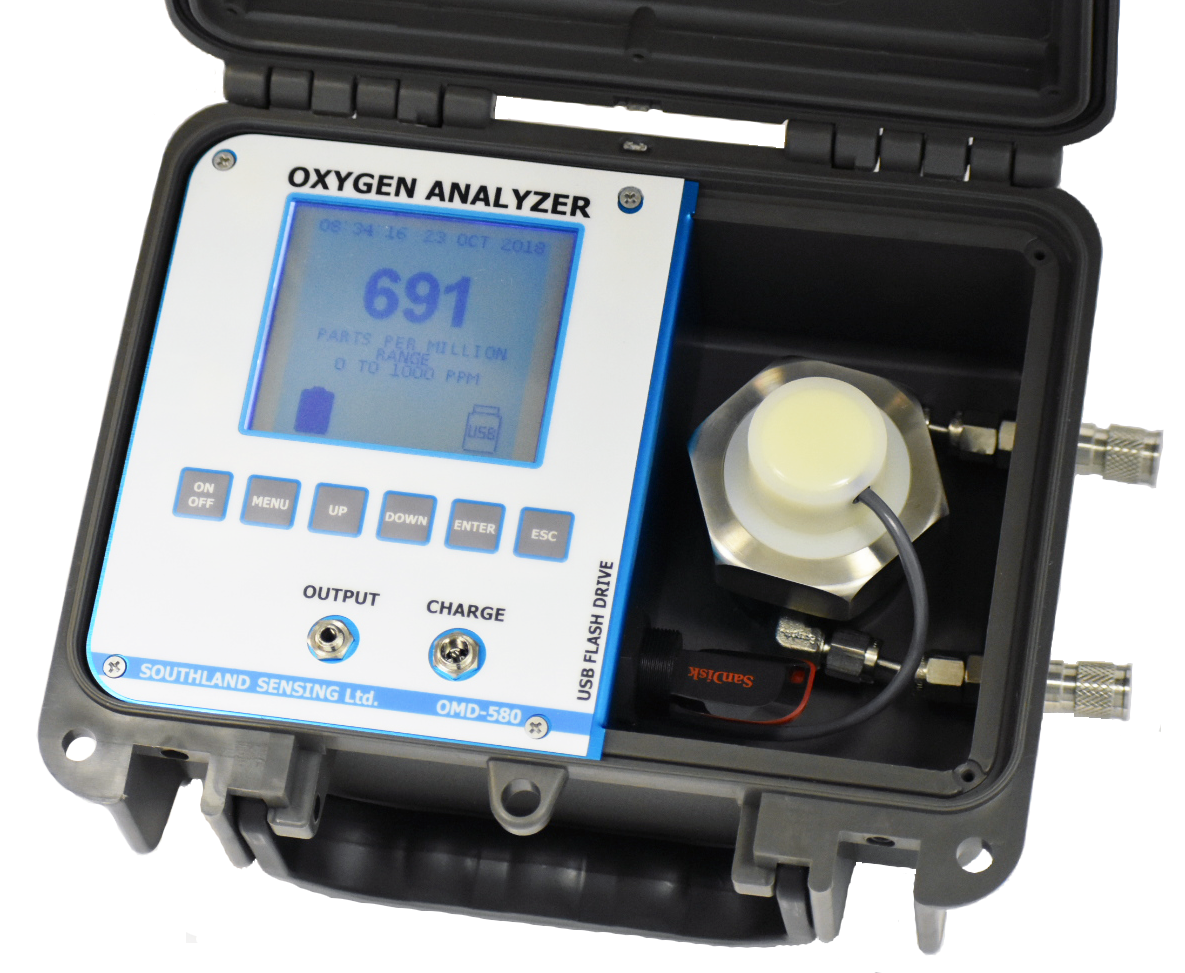Combustion requires a certain amount of excess air for complete combustion, maintaining flame stability, and limiting emissions such as carbon monoxide and NOx. For a typical burner, this excess will be in the 4-8% range. Too much excess oxygen will lead to a decrease in combustion efficiency, requiring more gas to get the same amount of heat, and can lower the flue gas condensing potential – both of which cause operating costs to rise to satisfy the heat demand.
Boilers must also cycle to respond to changes in load, which wastes energy and accelerates component wear as the heat exchanger expands and contracts and valuable heat is pulled out of the pressure vessel during its purge. Cycling can be minimized by modulating the air/fuel ratio to respond to changes in load, allowing the burner to run more or less continuously.
For these reasons, oxygen sensing is incredibly useful for processes requiring combustion to ensure the correct air/fuel ratio to maximize cost efficiency and minimize wear, emissions, and waste. Electrochemical cells can be used for oxygen measurement in these installations with a relatively simple sample system to condition the gas for the sensor cell.


